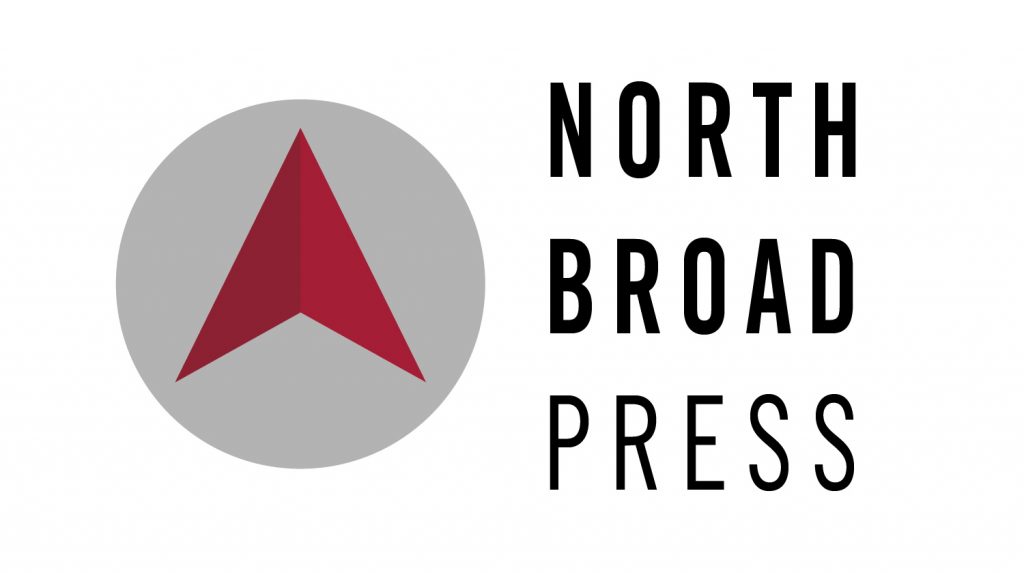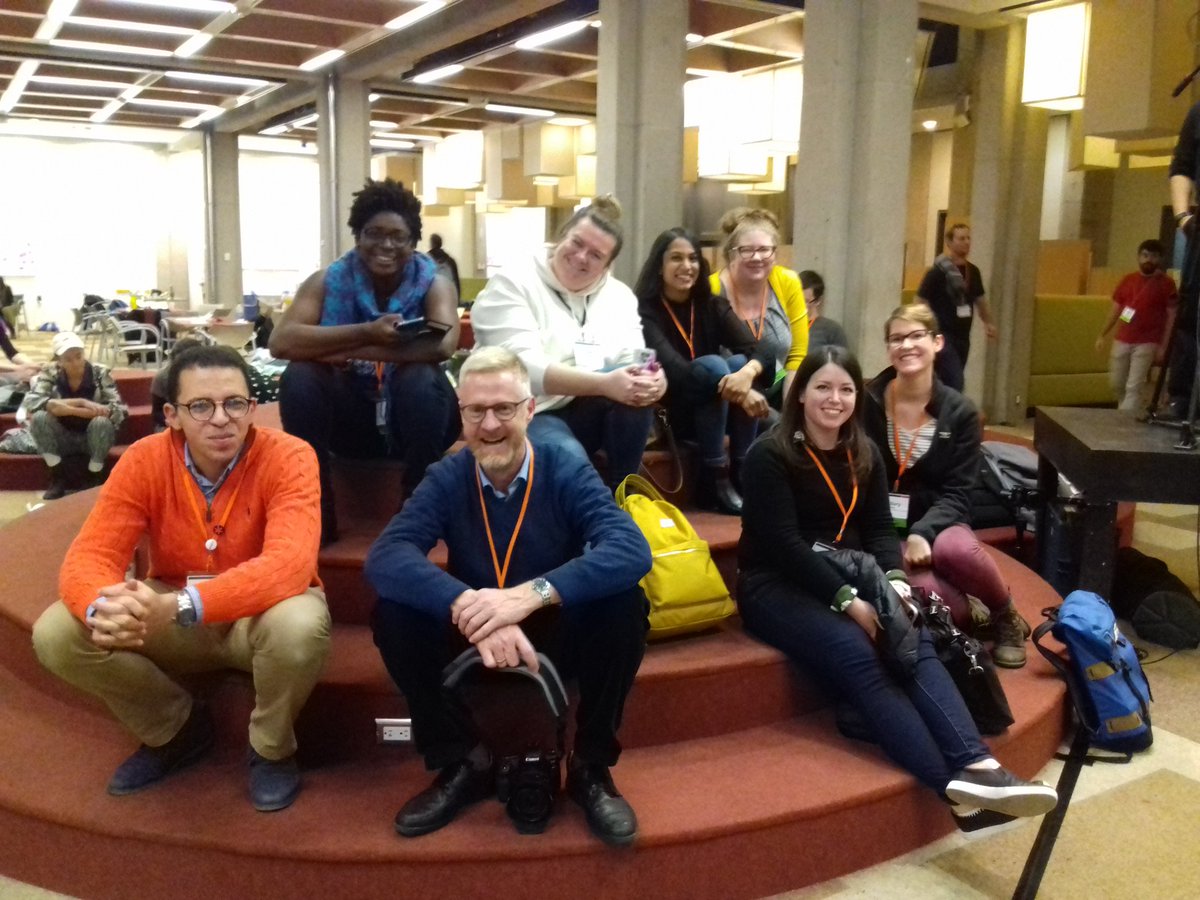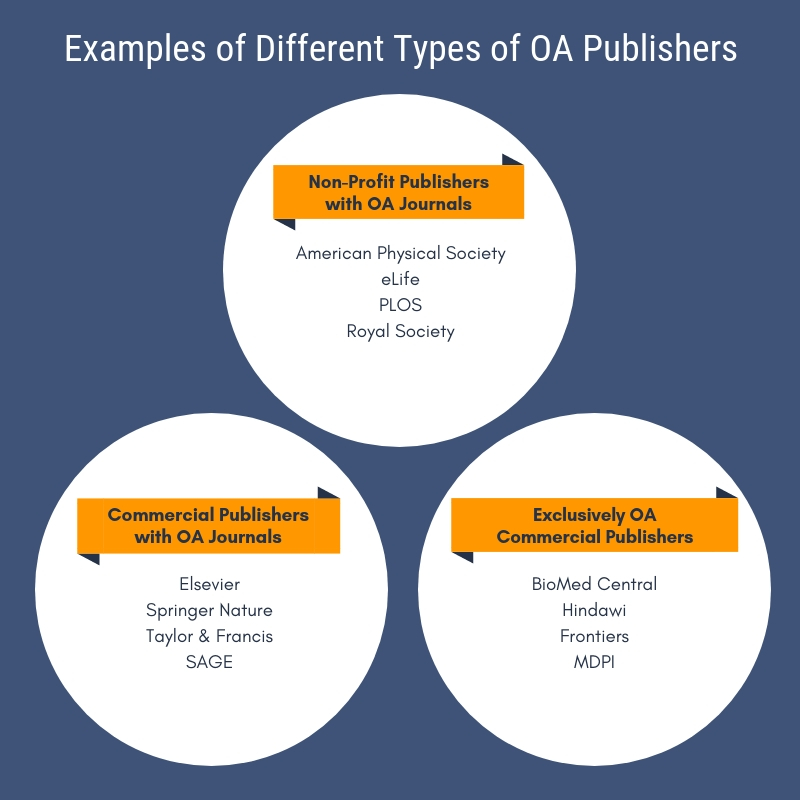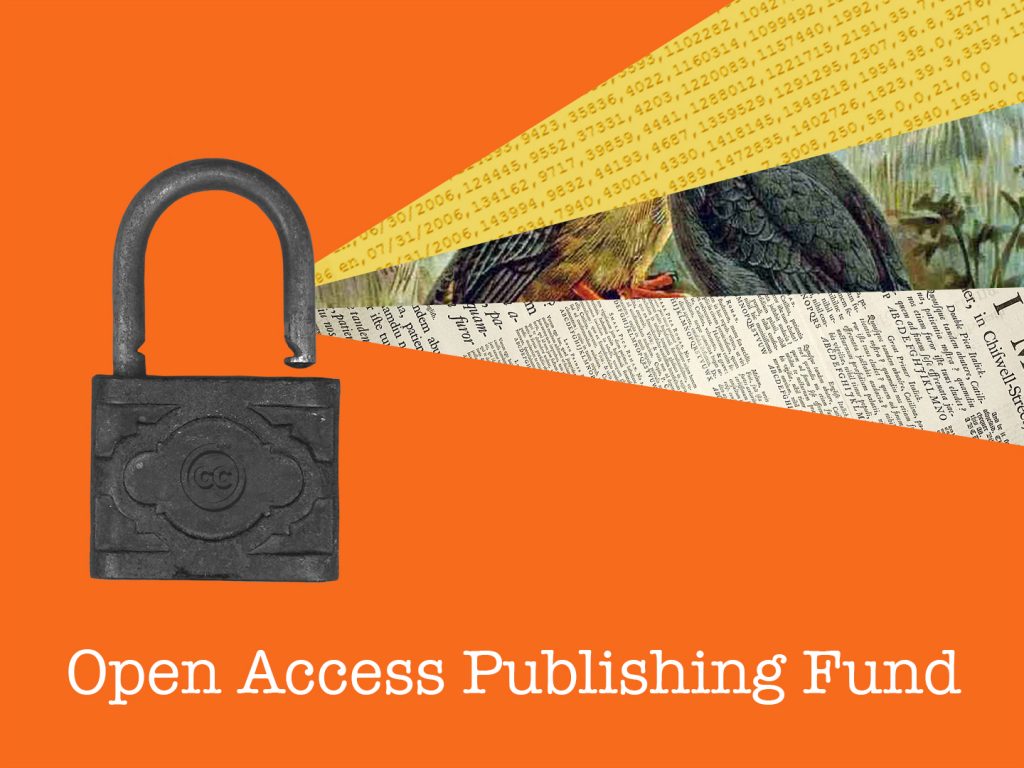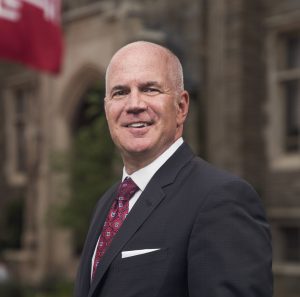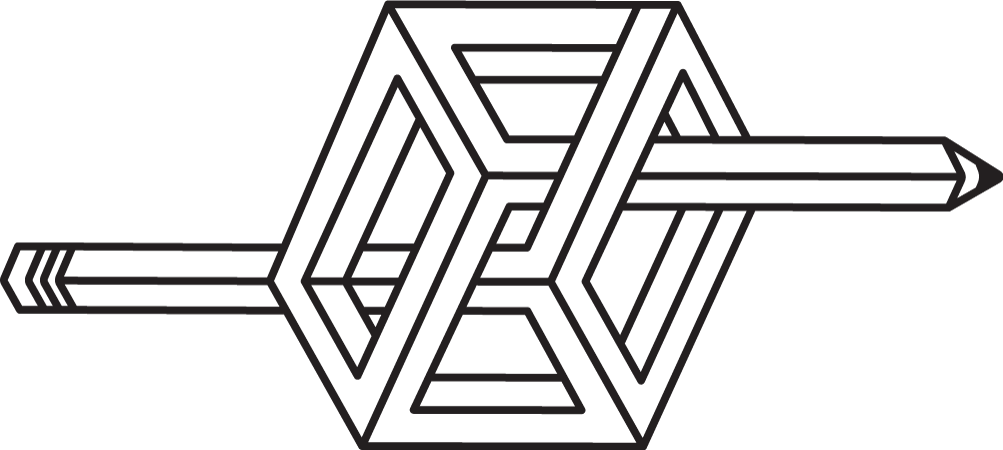
Almost three years ago, we wrote about some of the new digital publishing platforms that scholars should know about. Today we’re going to take a closer look at one of them: Manifold. Manifold is an open source platform for publishing books online that was developed by the University of Minnesota Press, GC Digital Scholarship Lab at the City University of New York, and Cast Iron Coding, thanks to support from the Andrew W. Mellon Foundation. Manifold makes it easy for publishers to create beautiful, responsive, multimedia-rich online publications using existing files. Manifold ingests texts from EPUB, HTML, Markdown, and Google Docs (unlike, say, Scalar, Manifold itself is not an authoring platform). In addition to the University of Minnesota, a number of other university presses have started to use or experiment with Manifold, including the University of Arizona Press, the University of Washington Press, and Temple University Press.
So, why might a scholar choose Manifold for their next book? Here are our top 5 reasons:
- Your research includes lots of images, videos, or audio that won’t work in a print book. Manifold makes it easy to to add supplementary resources to a project. Resources can either be uploaded directly to Manifold or you can link out to other webpages. For one example of how this can work, check out Metagaming by Stephanie Boluk and Patrick LeMieux.
- You’re interested in getting feedback from colleagues. Manifold allows readers to highlight and annotate the text and share those annotations with others. As the author, you could even post an early draft of your work on Manifold and have people comment on it as a form of open peer review.
- You’re active on social media and want to know how readers are engaging with your book. Each Manifold project gets a hashtag for use on various social media platforms. Manifold integrates with Twitter, and mentions of the book can be curated and displayed on the book’s main page. For one example of how this can work, check out Internet Daemons by Fenwick McKelvey.
- You want to experiment with the process of writing a book. Manifold can be used in different ways. In addition to displaying the final book file, authors can post pieces of their project as they research and write it. Authors can share drafts, commentaries, talks, and other writings with readers in order to get feedback and ultimately make their work better. Readers can “follow” a book project as it develops and be alerted when new content is posted. For one example of how this can work, check out Social Theory for Nonhumans by John Hartigan.
- You care about making your research available beyond the academy. All Manifold projects published by the University of Minnesota Press are open access, meaning that anyone around the world can read them for free.
Are you considering using Manifold or another digital publishing platform for your next book project? Have questions about Manifold that we haven’t answered here? Let us know in the comments.
